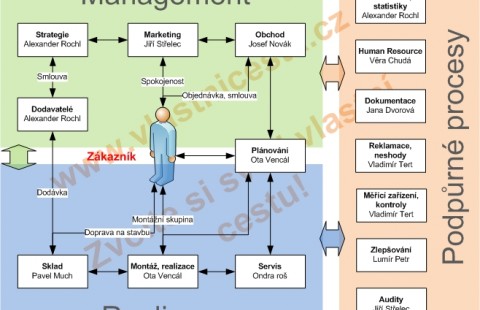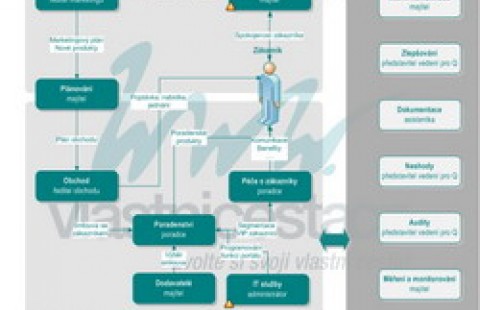It was already here. It won't work. There are too many risks. These are common reactions that managers hear when trying to implement change. The author's enthusiasm is perhaps the worst driving force in the way of communicating change. Often his enthusiasm to overlook the concerns and resistance, or an entirely different interests of students. I then great change is doomed. Be careful, you can't try it again right away, sometimes you can try it in a year or even with a new team. I have prepared a small guide on how to handle change communication.
There is no change as change
-
Change is close to their routine
-
They initiated the change themselves
-
The benefits are so tempting and so within reach that they like to jump on them themselves
-
…
Conversely, you must pay special attention to communication where:
- The change evokes resistance
- The change has failed several times
- There is a conflict of interest
- There is a strong risk of endangering their habits
- …
Attention needs to be paid where there is a new one and the need to leave the comfort zone. In this case, the change causes most people to worry, resentment, negative emotions. There is a barrier that you can imagine as a wall. A wall that people have to overcome. The more new information you add, the higher the wall you will help build. The higher the wall for others, the higher the risk that they will fall from it or not want to overcome it at all.

The Real | Interim Manager for Your Changes

Manager work model

Time management - making use of time effectively

Jak správně tvořit mapu procesů

Modelling and setting the processes and procedures - ISO 9001

Training - preparation of the SWOT analysis and strategy

Company Management System of Quality Step by Step - ISO 9001

Process map acc ISO 9001 - business offer

IT staff communication
How to communicate change
- Find out the attitudes of the listeners to change - be careful, if you lead a team, you will have more attitudes
- Discover how much new knowledge and effort listeners have to expend to bring about change - then find a way to help them (not do it for them!)
- Create an individual or team motive to overcome change
- Decompose the change into smaller changes - decompose the "wall" of the changes into small steps so that they can go up more easily
- Start communicating change with those for whom change is easier, make them your allies
- Don't forget to praise for every step you take
- Make sure that the new information makes sense to the target group and that they really understand it
- Take the initiative to get involved in the implementation of change
- Never push the saw, everyone handles new things differently
- …
There are more rules for communicating change. A lot depends on the situation you have. For example, in a crisis situation (but not in everyone), you can completely omit the gradual steps of communication and change the environment so that others have to adapt. Don't encourage discussion and just demonstrate the benefits. In a crisis, the company and its employees are concerned with survival and they are willing to unite and realize almost anything.
Mastering the communication of change requires practice. Here I can warmly recommend specialized trainings, but those where you have to communicate your own cases and manage them in terms of content and non-verbal. Change needs charge for realization and it is helped by inflammation and therefore emotions.
What to add in conclusion? The best way to implement change is to prepare and communicate it by:
others do not even realize that they are making a change.

